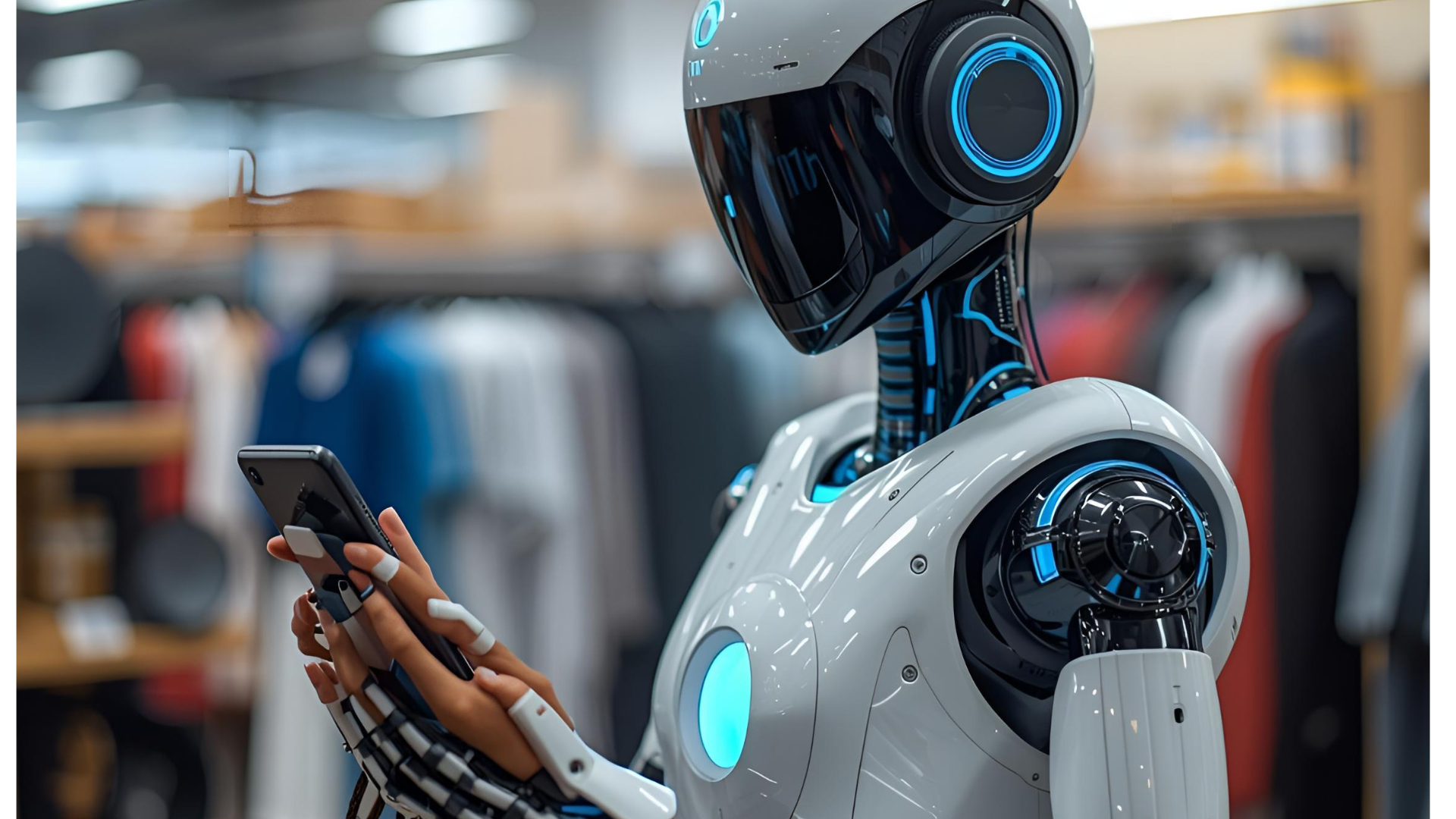Innovation to Impact: The Rise of Augmented Reality in Retail
Augmented reality has moved from futuristic experiment to a core part of retail innovation. As shoppers become more tech-savvy and experience-focused, brands are using AR to connect physical and digital worlds in ways that drive confidence, convenience and conversion.
Why it matters now!
AR is delivering measurable business impact such as higher conversion rates, lower return costs and longer engagement times.
It also opens a new layer of data, showing how customers interact with products in real time. These insights can shape inventory planning, store design and personalised marketing, linking digital behaviour directly to sales outcomes.
how leading retailers are using ar
- Amazon – Amelia Glasses: Smart eyewear for delivery drivers with built-in display and camera, improving navigation and proof-of-delivery.
What it means: Demonstrates how AR can streamline operations, cut delivery errors and extend innovation beyond the customer to the workforce. -
Sephora – Virtual Artist: Lets shoppers try on makeup virtually, boosting confidence and speeding decisions.
What it means: Virtual try-ons are redefining how beauty brands build trust online and increase conversion without physical sampling. -
Nike – Nike Fit: Scans feet via smartphone to recommend the right shoe size, reducing returns.
What it means: AR can solve costly sizing challenges and strengthen brand loyalty through precise, data-driven recommendations. -
L’Oréal – ModiFace: Offers virtual try-ons for hair and makeup across its brands, both online and in stores.
What it means: Virtual try-ons turn experimentation into confidence, helping beauty brands sell more while reducing the need for in-store testers. - IKEA’s - IKEA Place app: Lets customers position true-to-scale 3D furniture in their own rooms using a smartphone camera.
What it means: Immersive visualisation builds shopper confidence, increases conversion and reduces post-purchase friction. -
Adidas – In-Store Displays: Uses AR screens so customers can scan items to view 3D visuals and styling tips.
What it means: Blending digital content into stores turns the retail space into an interactive experience.
the bigger picture
AR succeeds because it solves real problems. It helps customers visualise, compare, and personalise products while giving retailers deeper engagement data and fewer returns.
As hardware improves and browser-based AR becomes frictionless, adoption is accelerating across sectors (from fashion and beauty to furniture and logistics).
For retail leaders, the question is no longer whether AR fits the strategy but how to use it at scale to create value throughout the customer journey. AR isn’t the future of retail. It’s happening now, transforming how customers shop and how retailers win.
.jpg)

